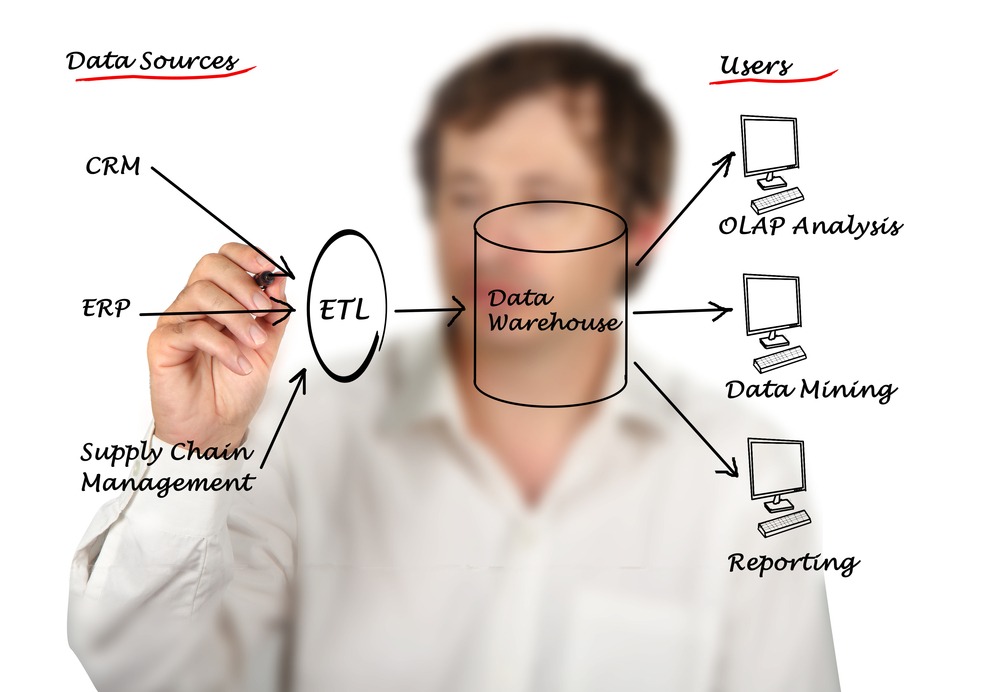Data is the keystone to any business. Whether it’s aggregating client invoices or generalizing customer data, different types of data transformation are essential to helping companies get the most out of their information. Knowing how to organize all of that data can be daunting, and trying to analyze it straight from its source may be impossible. The first step in getting control of your database is understanding how and why data transformation is an essential practice.
The Importance of Change
The quality of data is important, and jumbled, disorganized information is both difficult to analyze and offers unreliable results. No matter where it comes from, the available data is often poor. It may contain too much inconsequential information, contain duplicates that would hinder study, or may not work with the current file structures.
Getting control of your data is the first step in making it work for you. By refining the information in a number of different ways, it can be looked at much more efficiently. Adjusting information by smoothing out noise or changing and adding attributes will help systems detect patterns more easily, allowing your business to make more efficient decisions much more quickly.
What Is Data Transformation?
Changing data may sound amorphous, but it’s actually something many people do every day. Consider needing to send a document to a client. It has been written in a standard typing program, but you don’t want anyone to edit your work. Instead of its usual file type, you decide to save it as an uneditable PDF, preserving its integrity.
That is essentially how transforming data operates: changing it so it works the most efficient way possible. Using different types of data transformation, a business’s information can be adjusted in a number of different ways. Companies may need to use the process after a big merger where file systems and databases must be unified. Data transformation is also used during cloud migration, keeping customer downtimes at a minimum.
Transformation Steps
While there is no tried-and-true method for manipulating data, there are general steps that must be taken to get the most out of the process. Certain routines make sure that data retains its integrity during transfers, keeping track of the changes and alterations as the exercise progresses.
- Discovery: Using data profiling tools, analysts and engineers check out the data to better understand what they are working with. Checking vis file extensions help to determine how systems will interact with that information.
- Mapping: This establishes a plan on what data is going to be modified and how, with attention paid to mitigating data loss throughout the process.
- Code Generation: This step tells programs what to do, launching the execution code to get things started using tools such as the SQL programming language.
- Transformation Event: This action usually results in restructuring the data in particular ways, using different types of data transformation tools.
- Review: The results are checked and sent off to their intended destination.
While some instances may take additional steps, these measles are the most commonly used, and a good place to start when thinking about transforming your own data.
Types of Data Transformation
There’s no single way to change data from one form to another, and each method has a specific purpose that helps mitigate loss and retain its integrity. After extracting the data from the host server, you should choose a modification method that your business can commit to, as this will help streamline integration in the future. The four types of transforming data are as follows:
- Aesthetic modifications standardize information such as addresses or dates and times. Generalization methods that anonymize patient data are an excellent example of such changes.
- Structural changes adjust, reorganize and optimize data sets. Data integration performed on your servers after a merger may involve performing such modifications.
- Constructive transformations copy and replicate the data set, or add additional characteristics, as with the process called attribute construction.
- Destructive methods remove data or parts of datasets, cleaning them and making them more useful. Scrubbing is a way that engineers can get rid of such unwanted information.
Based on how you intend to use and store your data, specific types of data transformation may be more effective than others. Consulting with your IT department may help you understand some of their most concerning issues, helping you determine the best way to handle modifying your data.
Transformational Trends
The number of devices we use and the amount of data they provide has increased exponentially. Companies need to better understand the information they hold, and the best way to get the most value from data is to organize it in a cohesive way. Skimpojbg out on data transformation methods means losing crucial information that may be necessary to help your business grow. Look into standardizing your organization’s data, and you’ll always know the information you need is close at hand.

